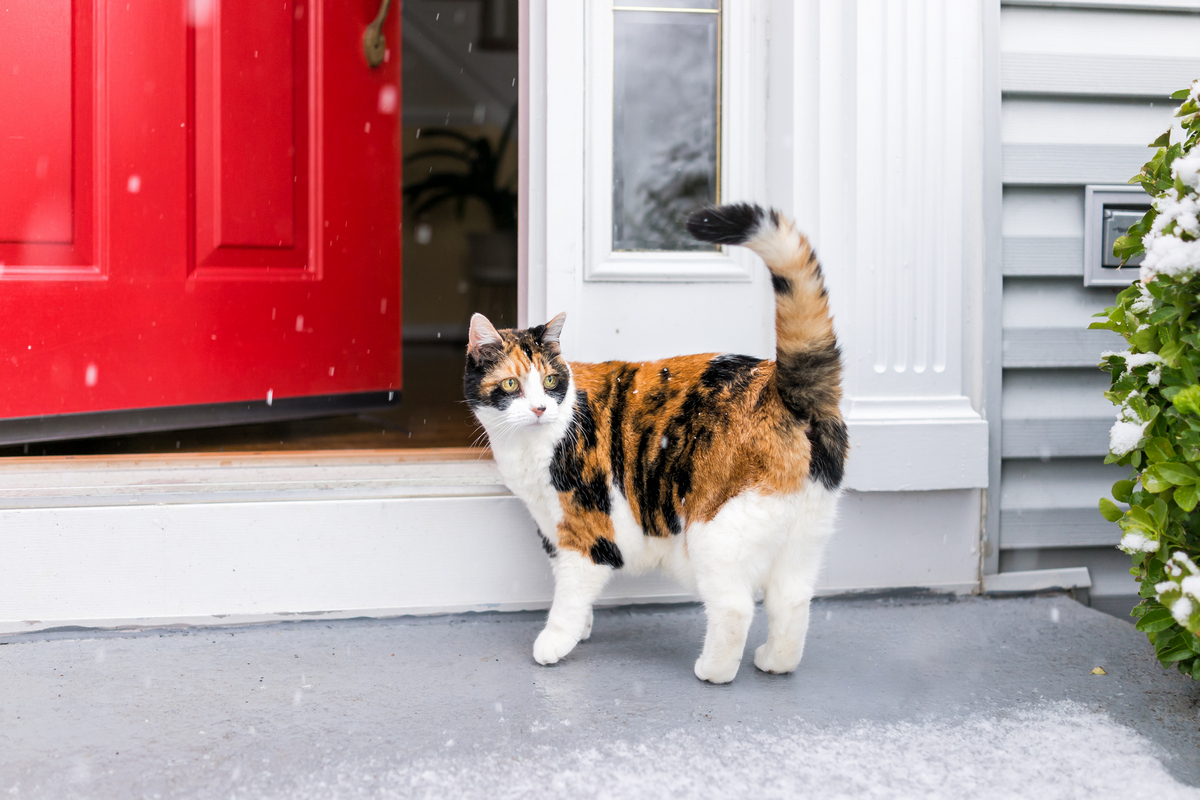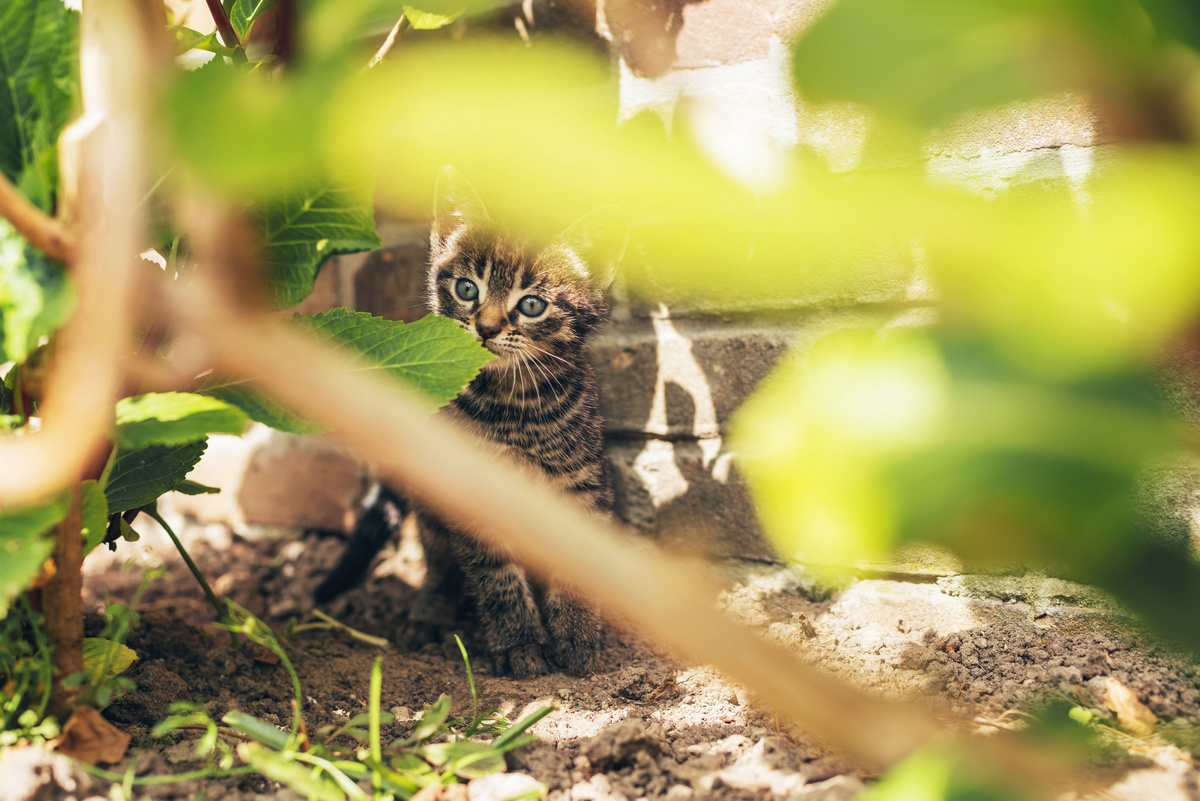It happens in the blink of an eye. You’re coming home, juggling groceries, and your curious cat slips out the door. Or your dog hurls himself in pursuit of a squirrel ripping this leash from your hand. In just a couple of minutes, your beloved pet has gone missing. Unfortunately, it happens all the time. In fact, 617 pets have been reported missing to Lollypop Farm since January. But what if we told you, that you could increase the chances of finding your pet should they go missing by more than 50%? That’s why August 15th, or National Check The Chip Day, is so important. It’s a reminder to pet owners to microchip their pet and keep their information updated. So, if they ever go missing, you’ll have a better chance of being reunited with your furry family member.

What is a microchip?
A microchip is as small as a grain of rice, but this electronic chip can make a big difference if your pet goes missing. The chip is first embedded under the pet’s skin. The procedure is no more painful than any other injection your pet has received. The chip is activated when a scanner is passed over the area, and transmits an identification number back to the scanner. This number can be looked up on the Internet to reveal the pet’s owner’s identification, address, phone number, and other information.
According to the American Veterinary Medical Association in a study of more than 7,700 stray animals in animal shelters chips made a huge difference in whether pets were reunited with their owners. Dogs without microchips were returned 21.9% of the time, where microchipped dogs were returned to their owners 52.2% of the time. For cats the difference was even more significant. Cats without microchips were reunited with their owners only 1.8% of the time. Microchipped cats were reunited with their families 38.5% of the time.

This is why all cats and dogs adopted from Lollypop Farm go home with a 24PetWatch microchip, and every pet admitted to the shelter is scanned. We want to ensure that we are able to reunite as many pets as possible with the family who loves them.
Are there problems associated with microchips?
The British Small Animal Veterinary Association maintains a database on the adverse reactions pets have to microchips. The database was started in 1996, and since then over 4 million animals have been included. Of these, only 391 pets displayed adverse reactions to microchipping. The most common problem by far is migration of the microchip from its original implantation site. Other problems, including microchip failure, hair loss, infection, swelling, and tumor formation have been reported but in much lower numbers. For more information visit the AVMA’s literature review on Microchipping Animals.
So why is it important to Check Your Chip?
As we mentioned, one of the most frequent problems with microchips is that they can migrate under your pet’s skin. This can especially be true if they were microchipped as a puppy. As their body grows the microchip can move, causing it to be harder to find by a person scanning your pet. If they can’t find the chip, they can’t call you and let you know your pet has been found. Having your veterinarian scan your pet annually is a great way to ensure the microchip is in place and functioning properly. Check The Chip Day is also a great reminder to go on your microchip’s website and make sure all your information is up to date. We are always saddened when a pet has a chip, but the microchip information isn’t up to date because the owner moved or because the pet was rehomed. Making sure your pet’s chip is working and provides the right information is a simple and effective way of making it easy for staff to contact you if your beloved pet is ever brought to the shelter.

So, make a note to check your pet’s chip information is up to date this August 15th! It can be the difference between a lost and found pet.
For more information on what to do if your pet is lost or how to prevent your pet from going missing visit: www.lollypop.org/lostandfound.
Join Lollypop Spotters and help lost pets reunite with the families who love them: https://www.facebook.com/lollypopspotters/

